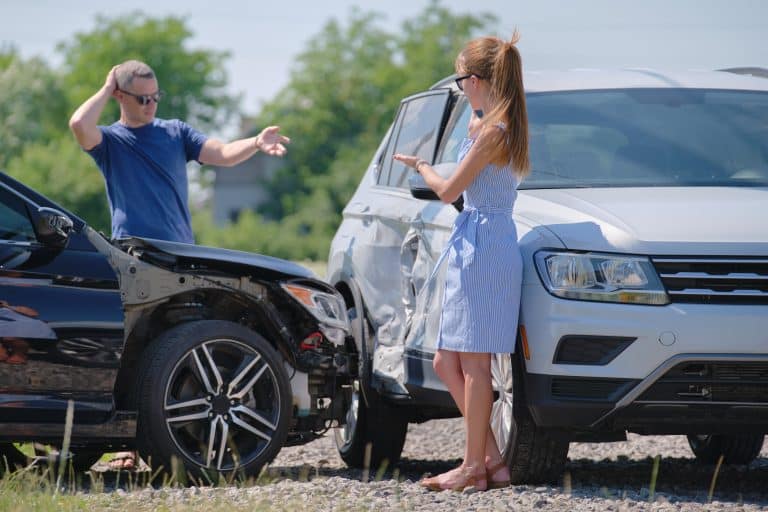Experiencing a car accident can be a jarring event, leaving you feeling disoriented and stressed. It’s crucial to stay calm and organised in the moments following an accident to ensure everyone’s safety and to manage the situation effectively. Having a clear checklist can help guide you through the necessary steps and make the process smoother. Here’s a straightforward guide on what to do immediately after an accident to keep things as calm and collected as possible.
Ensure Safety First
The first priority after an accident is to ensure that everyone is safe. Start by checking yourself and others involved for any injuries. If you’re able to, move your vehicle to a safer location, such as the shoulder of the road, to prevent further accidents. Turn on your hazard lights to alert other drivers to the situation. Safety is paramount, so take a moment to assess the scene and address any immediate hazards.
Call Emergency Services
If there are injuries or significant damage, your next step should be to contact emergency services. Dial 999 (or 112) and provide clear information about the accident. Let them know the location, the nature of the incident, and any immediate needs. Emergency services can dispatch medical help and law enforcement to the scene, ensuring that any injuries are treated, and that the scene is secured.
Exchange Information
Once safety and emergency services are addressed, it’s time to exchange information with the other parties involved. Collect the names, addresses, phone numbers, and insurance details of all drivers. Make sure to note down the make, model, and registration numbers of their vehicles. If there are any witnesses, get their contact details as well. This information will be crucial for insurance claims and any potential legal matters. If you need help, know that RTA Claims can assist in claiming for a non-fault accident.
Document the Scene
Documentation is key in the aftermath of an accident. Use your phone or camera to take clear photos of the accident scene, including vehicle damage, road conditions, and any relevant surroundings. Also, write down a detailed description of the accident, noting the time, location, and any contributing factors. This documentation will be helpful for insurance claims and any subsequent investigations.
Avoid Admitting Fault
During the exchange of information, it’s important to remain neutral. Avoid admitting fault or discussing liability at the scene. Stick to providing factual information and avoid speculating about what caused the accident. The determination of fault is typically handled by insurance companies and legal professionals, so keep the conversation focused on the facts.
How to Reflect on the Accident and Discover Fault
When you’re an outsider, a car accident can be clear-cut. You have the ability to see everything that happens on the road and work out exactly what happened. However, when you’re involved in an accident, things aren’t as easy. You’ve got to think about what went down before the crash and what you were doing. You also have adrenaline to combat with, and it’s easy to feel like the whole thing is a blur. This complicates things even further.
One thing you do need to try to figure out is fault in a car accident. This is going to help discover who will pay up. Here are some tips on how you can reflect on what happened and find out who is at fault.
Think Back
First of all, you need to think back to what happened before the crash. Consider what your movements in the car were, whether you were moving and what speed you were going, as well as what the traffic looked like. This can help you think if the person who was involved in the incident should have been doing what they were doing. While it can all seem like a blur at first, when you work back through all your steps, you can start to remember what happened.
Look at the Road
Sometimes, it’s helpful to go back to the spot where the crash took place. You can look at the direction of traffic and road signs. Then, you can think about what you were doing before the crash happened. Were you waiting at a red light, and someone crashed into the back of your car? Were you turning at a junction and hit another car? Perhaps you’ll discover that you should have been doing something better on the road or that you weren’t to blame at all.
Ask the Passengers
If there were passengers in the car at the time, remember that they’re going to have their own memories. You should ask them about what they think about the crash. The angle they were sitting at, or their memory might bring back details that you forgot about or bring new information to light.
Conclusion
In the aftermath of a car accident, staying calm and methodical is essential for managing the situation effectively. By following this checklist, you can ensure that you cover all necessary steps and handle the incident in an organised manner. Remember, the key is to stay composed, document everything thoroughly, and seek assistance when needed.

